It’s thought that the Mull and Iona have been occupied for at least 10,000 years and, if you know where to look, you can still find the remains of the islands’ past residents, from Mesolithic hunter-gatherers to early Viking settlers and beyond.
Mull and Iona are bursting with fantastic sites ready to be explored. Each island’s highlights listed below can be explored by foot or by car in a day, together making a handy weekend guide for archaeological exploration. Ready to unveil the hidden prehistoric and medieval past of Iona and the intriguing ancient monuments of Mull? Read on!
Moonlight, firelight and entry into the after world on Mull
One of the most unique archaeological features of Mull is its abundance of short stone rows, a type of ancient monument made up of three to five standing stones arranged in a line. The date and function of these mysterious monuments remains unclear, but archaeologists think that they were built around 3,000 years ago to follow the path of the moon throughout the year.
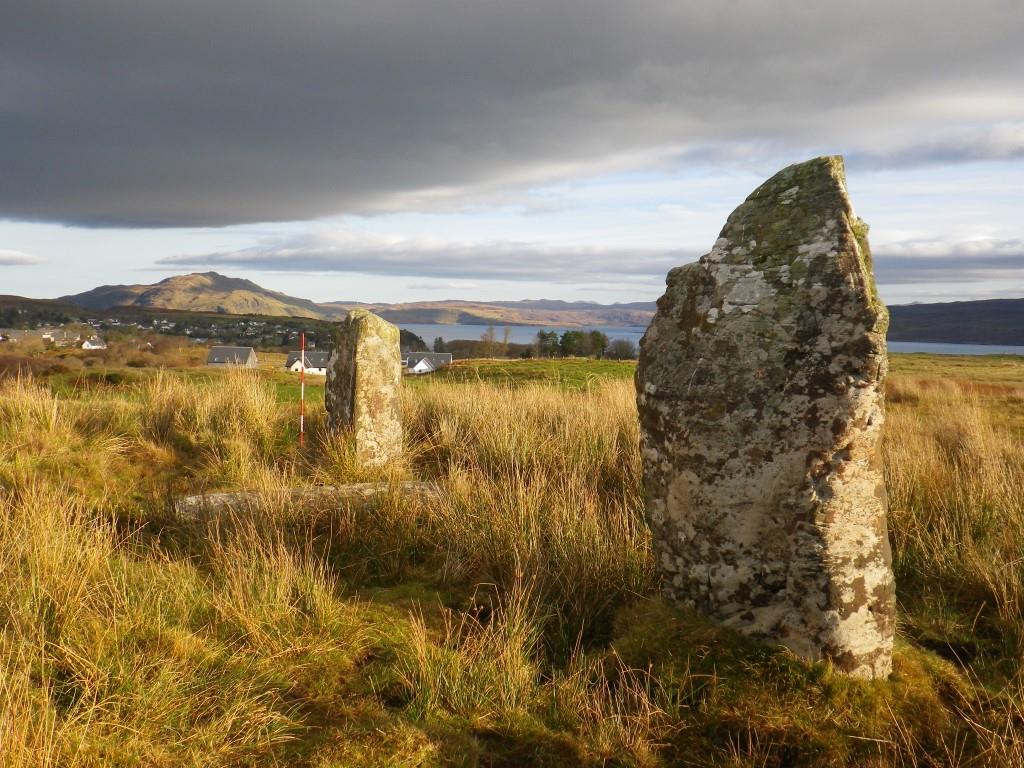
Research has shown that the short stone rows in northern Mull are oriented so that the cycle of the moon could be tracked from them. The locations of the stone rows at Maol Mor, Cnoc Fada, Kilmore, Glengorm and Ach’nan Carragh were also chosen with the prominent peak of Ben More in such a position to be associated with the southernmost rising moon. The moon being the most visible object in the sky was used to measure time using the number of days (roughly 28 days) between no moon and full moon. The lunar cycle is also closely associated with tides and fertility cycles.
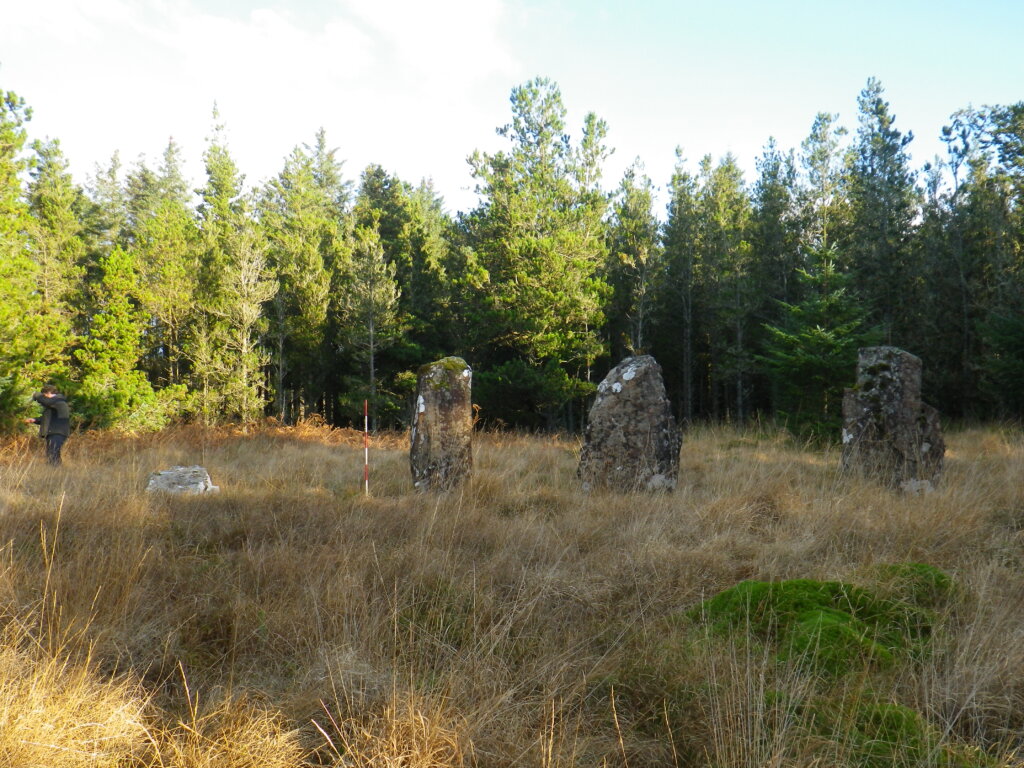
Evidence from the three partially excavated sites of Ardnacross, Glengorm and Baliscate indicate that as well as tracking the moon, other rituals that took place within these monuments included the extensive use of fire as well as the burial of the dead. Quartz chippings and crystals found scattered across these sites suggest these rituals were accompanied by flickering and dancing fire and moonlight which refracted and reflected off the quartz. It has been suggested that these monuments acted as ‘portals to the underworld’.
Interestingly, quartz has been associated with housing the spirits and a means of connection between this and the after-world since Neolithic times[1]. There are eight (possibly nine) stone rows all found in spectacular locations in the northern and eastern part of Mull, all of which can be readily visited.
Following in their Footsteps: Prehistoric and Medieval Iona
Iona is famous across the world for its iconic medieval monastery. Founded almost 1,500 years ago in 563 AD by Saint Columba, this early centre of Christianity grew into one of the most significant pilgrimage sites in Western Europe. The current 13th-century abbey building, built on the site of Columba’s original church, is an impressive sight but as you leave the ferry and follow in the footsteps of the countless medieval pilgrims before you, be sure to stop and appreciate the wealth of hidden history on the way.
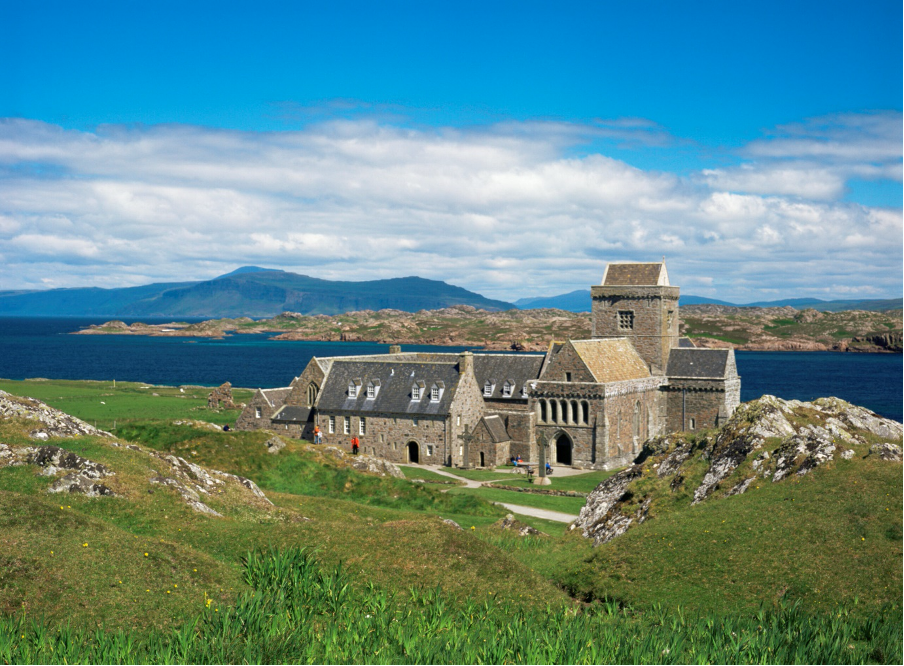
When travelling up the hill to reach the monastery, take a look back at the sea and imagine yourself standing on an ancient cliff against which the water lapped around 5,500 years ago. The high sea level was a consequence of the melting ice sheets at the end of the last Ice Age, which had gradually receded before Columba arrived on the island in the 6th century AD. On the terrace above this shoreline (in the fields behind the craft shop and below the primary school) is an ancient soil buried beneath later deposits of for example midden (a kind of rubbish heap), windblown sand etc, and which contains 8,000-year-old worked flint and stone tools discarded by hunter-gatherers who exploited the rich natural resources of Iona.
Other buried soils on the eastern side of Iona have shown evidence of human activity on the island from the early Bronze Age (around 3,500 years ago) right through to the late medieval period (16th century AD). In a garden opposite the craft shop, a late medieval buried midden may have originated from the Augustinian priory (known locally as the nunnery). Analysis of the bones found in the midden revealed that the nuns who lived on Iona had a varied diet and one which was rich in cattle and fish. Interestingly, evidence from fish bone analysis indicates that the type of fish within the midden changed with time. The type of fish present in the lower portion of the midden would have been caught using a line, while some of the fish evident in the upper midden would only have been able to be caught using drift nets thus indicating the progression of fishing techniques on the island.
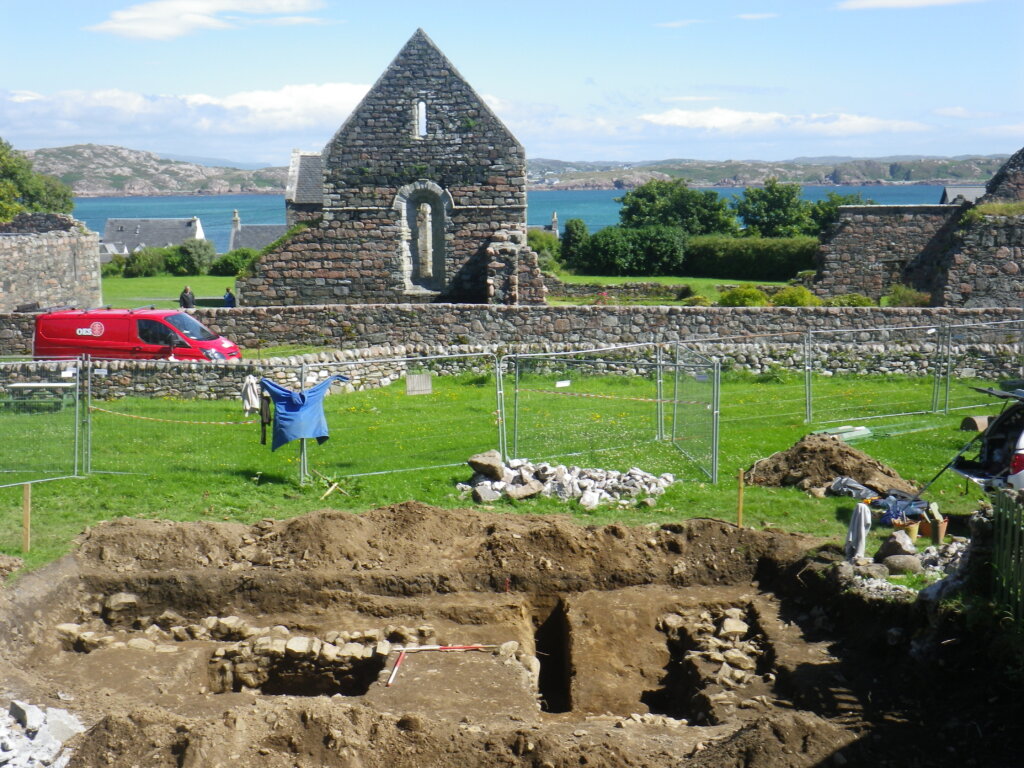
When you pass the new village hall and the primary school, you’ll be walking along the length of a large ditch constructed sometime before the late 8th century AD. Now buried under the road, this ditch is probably from the time when pilgrimage to Iona became ‘fashionable’ and the monastery expanded to accommodate all its new visitors. Intriguingly, a beautiful late medieval decorated stone cross-head was found discarded within the topsoil of the primary school (indicating that it was relatively recently cast away). We know that the cross-head would have been commissioned by a rich person in the 15th century as a way of patronage to the church, but who threw it away and why remains a mystery.
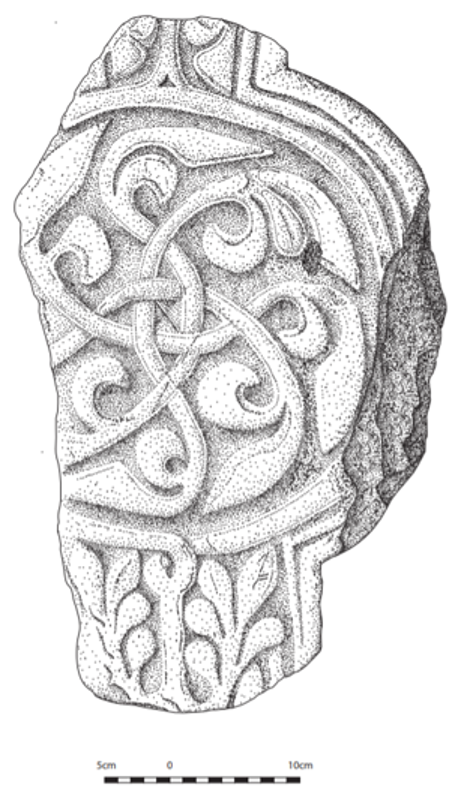
Finally, when you’re nearing the abbey look out for McLean’s cross below the new housing estate at the Glebefield, which marks the junction of three medieval streets. Just beyond the cross was the site of an excavation which uncovered a series of middens and finds, including a beautiful Norse period copper alloy pin. Excavation within the garden ground of the nearby St Columba Hotel demonstrated that part of the early medieval vallum ditch enclosure complex of the monastery also runs through here. This indicates that this area, prior to the existence of the St Columba Hotel, would previously have been within the monastic complex.
Now that you’ve reached your destination, you can impress your fellow visitors with your knowledge of the islands hidden archaeological gems!
Learn more about the history of these islands and their major archaeological and historical sites in David Caldwell FSAScot’s book Mull and Iona, A Historical Guide (2018).
Thank you to Dr Clare Ellis BA, PhD, MCIFA, FSAScot, archaeologist and director of Argyll Archaeology who wrote this guest blog post for Visit Mull and Iona.